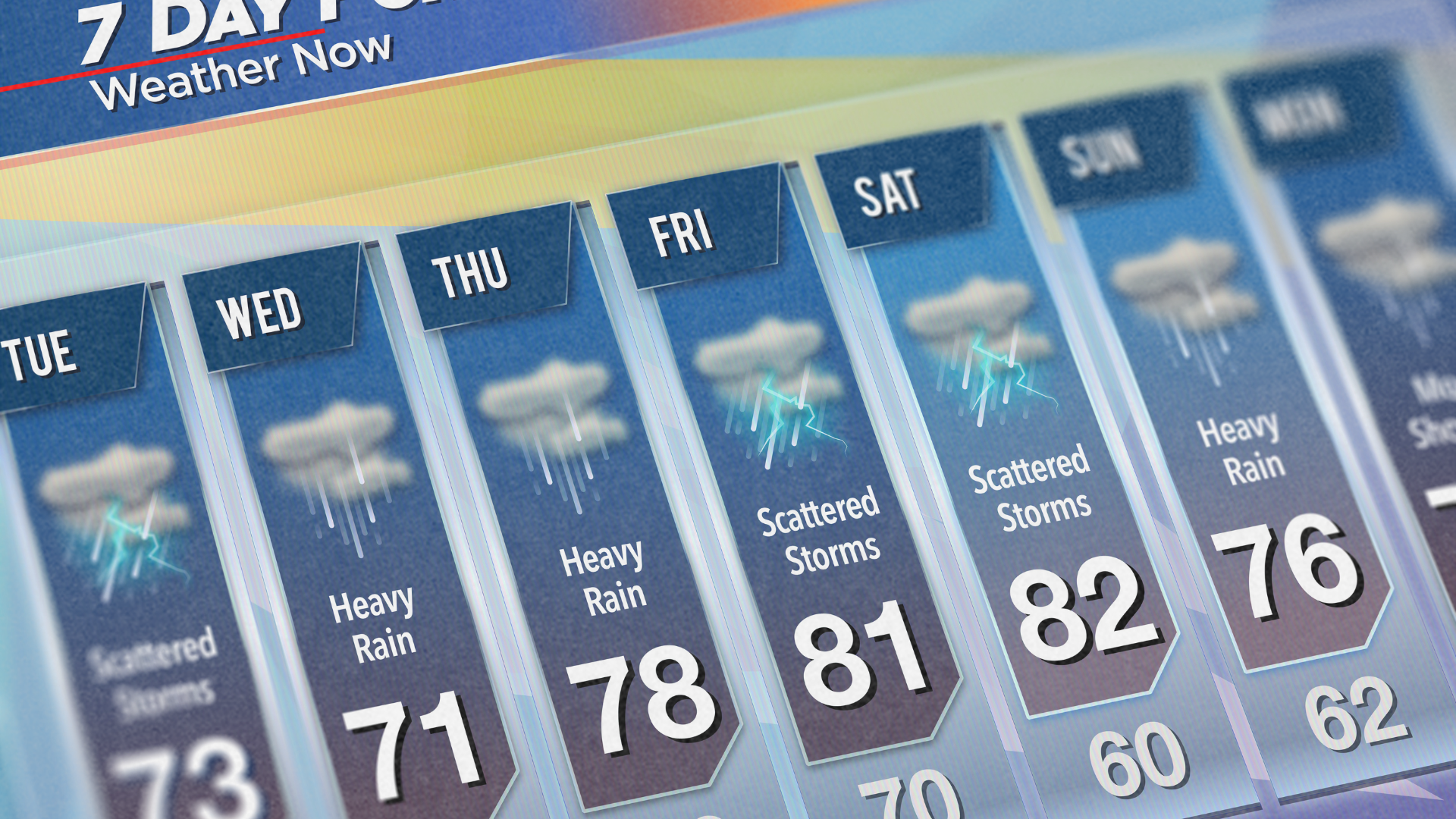As the Philippines officially enters the rainy season, the national government is intensifying its efforts to protect communities from the threats posed by flooding and related disasters. With a holistic approach that combines infrastructure, early warning systems, and social support services, the administration is aiming to build a more resilient and prepared Filipino society.
According to Palace Press Officer Claire Castro, the Department of Public Works and Highways (DPWH) has been at the forefront of this campaign, accelerating flood control projects nationwide. “DPWH Secretary Manny Bonoan has ensured that construction on key flood mitigation infrastructures is already underway,” Castro announced during a Palace briefing. “This is in line with the long-standing directive of President Ferdinand Marcos Jr. to prioritize flood resilience.”
Among the significant milestones is the completion of a 2,339.73-square-meter concrete slope protection along the Bagac-Mariveles Road in Bataan—just one of many initiatives targeting flood-prone regions. More critically, the DPWH has also developed a master plan for each of the country’s 18 major river basins, laying the groundwork for long-term flood management and disaster risk reduction.
“These efforts won’t eliminate flooding overnight,” Castro emphasized, “but they will significantly reduce its impact and help communities prepare and recover faster.”
The importance of these initiatives is underscored by the Philippines’ vulnerability to climate-related hazards. With nearly 20 typhoons hitting the country annually, urban and low-lying areas remain especially susceptible to flash floods and prolonged inundation. The government’s coordinated, multi-agency response reflects a deeper understanding: resilience isn’t built solely through concrete walls, but through the integration of systems that protect lives, livelihoods, and well-being.
To this end, the Department of Science and Technology (DOST) has launched a centralized alert system to provide timely weather advisories to the public—an essential tool for enabling early action. Meanwhile, the Department of Agriculture (DA) is ensuring food stability, especially rice supply, to mitigate the potential impact of weather-related disruptions on food security.
Other agencies have stepped in as well. The Department of Social Welfare and Development (DSWD) is on standby to roll out feeding programs for affected families, while the Department of Health (DOH) is preparing for a possible surge in rainy season illnesses such as dengue and leptospirosis.
With the Philippine Atmospheric, Geophysical, and Astronomical Services Administration (PAGASA) officially declaring the start of the rainy season on June 2, the government’s preparedness measures couldn’t be more timely.
These inter-agency efforts exemplify a proactive approach to reducing disaster risk. By investing in physical infrastructure, strengthening health and food systems, and enhancing public access to critical information, the government aims not just to respond to crises but to empower communities to withstand and recover from them.
In the face of a changing climate, building resilience is not a choice. It is a necessity. And with continued collaboration across sectors, the Philippines moves closer to a future where every community is equipped to weather the storm.



Leave a Reply